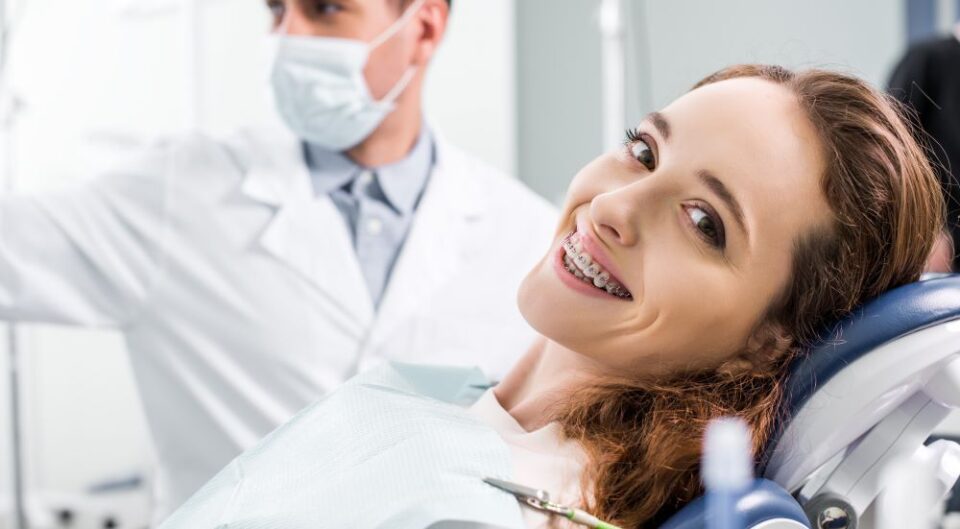The last day of 2024 is rapidly approachingand many AAO members may be considering purchases of big-ticket equipment and possible tax write-offs. Angie Svitak, CPA and financial planner with Cain Watters & Associates hears questions on this topic often as she serves about 100 orthodontic and dental practice clients.
“Internal Revenue Service Section 179, along with bonus depreciation rules, allows doctors to write off major equipment purchases,” says Ms. Svitak. “The current maximum purchase amount for the Section 179 deduction is $1,220,000.”
At the other end of the scale, a purchase less than $2,500 is not eligible for a Section 179 deduction (although still qualified for a normal business expense deduction). As a result, some products, even those considered high-end like 3D printers, may not offer an opportunity for a Section 179 deduction in every case. Desktop 3D printers today may cost $2,000 or less, although most are in higher price ranges.
“There are three important considerations for claiming a Section 179 deduction for a purchase,” says Ms. Svitak. “One is that the product must be placed in service by the end of the year. That means it has to be in your office, set up and ready and available for use.
“Some situational complications may rule out deductions because of the placed-in-service requirement,” adds Ms. Svitak. “For example, if you buy a dental chair next week to get a good deal, it will qualify for a Section 179 deduction if it is set up in your office by December 31 and could be used. On the other hand, if you are doing a buildout or remodeling and your new operatory will not be ready before the end of the year, the chair would not be used in that time frame and the purchase does not qualify for a deduction.”
In addition, Cain Watters urges clients to never make purchases simply for the sake of getting a tax deduction.
“If you need or want the item, get it,” says Ms. Svitak. “If you don’t, then don’t.”
Consider Carefully Whether to Take an Immediate Deduction or Future Depreciation Deductions
The third major caveat that Cain Watters discusses with clients about the Section 179 deduction is the need to weigh the significant tax savings in the current year against the loss of ability to take depreciation deductions on the item in future years. If the equipment is financed, this issue can be more complicated.
“Taking the Section 179 deduction may produce significant tax savings up front but can create higher ‘phantom income’ in future years,” says Ms. Svitak. “You still have the debt payment which affects cash flows, but you used all of the tax depreciation deductions in year one – your purchase year. Also, consider the impact on your tax bracket. If you elect a very large section 179 amount and it puts you in lower tax brackets such as 22% or 24%, then you could be diluting the value of your future depreciation deductions, as compared to taking the deduction over the asset’s useful life at your higher 35% or 37% tax bracket.”
Additional points that Ms. Svitak recommends for consideration include:
Consider the advantages of financing your purchase. “0% financing, an option that may be available for some purchases, provides the opportunity to keep your cash and earn interest on it while gradually paying off your purchase,” she notes. “Regardless, you can often finance a piece of equipment and then use excess cash flows to pay it off faster than required, which is better than giving up all of the cash up front to purchase the equipment in full.
“Understanding overall cash flows, current interest rates and the doctor’s investment goals is also important,” she adds. “If paying cash for a piece of equipment means foregoing or reducing investments, that could impact the growth of your retirement investments.”
Consider your practice income trends. Income growth for the following year, to the extent it is possible to project, may factor into deduction decision-making. A recent Gaidge report shared with the AAO indicated growth in practice starts for the third quarter of 2024. Subsequent reports may help shed light on whether this is an emerging trend.
Plan deductions strategically. It is useful to note that the Section 179 deduction is not an all-or-nothing option. If you have numerous qualifying purchases in a year, you may elect to take the deduction on some items while waiting for normal depreciation deductions in future years for other purchases.
“Deduction decisions are very individual and often complicated,” says Ms. Svitak. “Planning and decision-making on deductions is best done in consultation with your CPA to ensure your chances of maximizing deductions advantageously for your situation.”
For Simplified Purchasing and Savings, Use AAO TechSelect (subhead)
Using AAO TechSelect, members can research and compare products side-by-side, with key features listed, in numerous product categories. This objective learning and money-saving tool is a comprehensive resource on new digital solutions and tech for your practice.
Explore TechSelect to take advantage of discounts and help with purchase decision-making and implementation for 3D printers, intraoral scanners, digital indirect bonding and custom bracket systems, remote monitoring solutions, aligner trimming robots and more.
Financial questions about 3D printers can be further explored on TechSelect:
- The 3D printer cost savings breakdown that provides detailed examples comparing costs for in-house aligner fabrication compare with those of using a third-party lab.
- The payback calculator helps determine how many cases it will take to pay back the cost of purchasing in-house aligner equipment, including a 3D printer, and start-up supplies.



